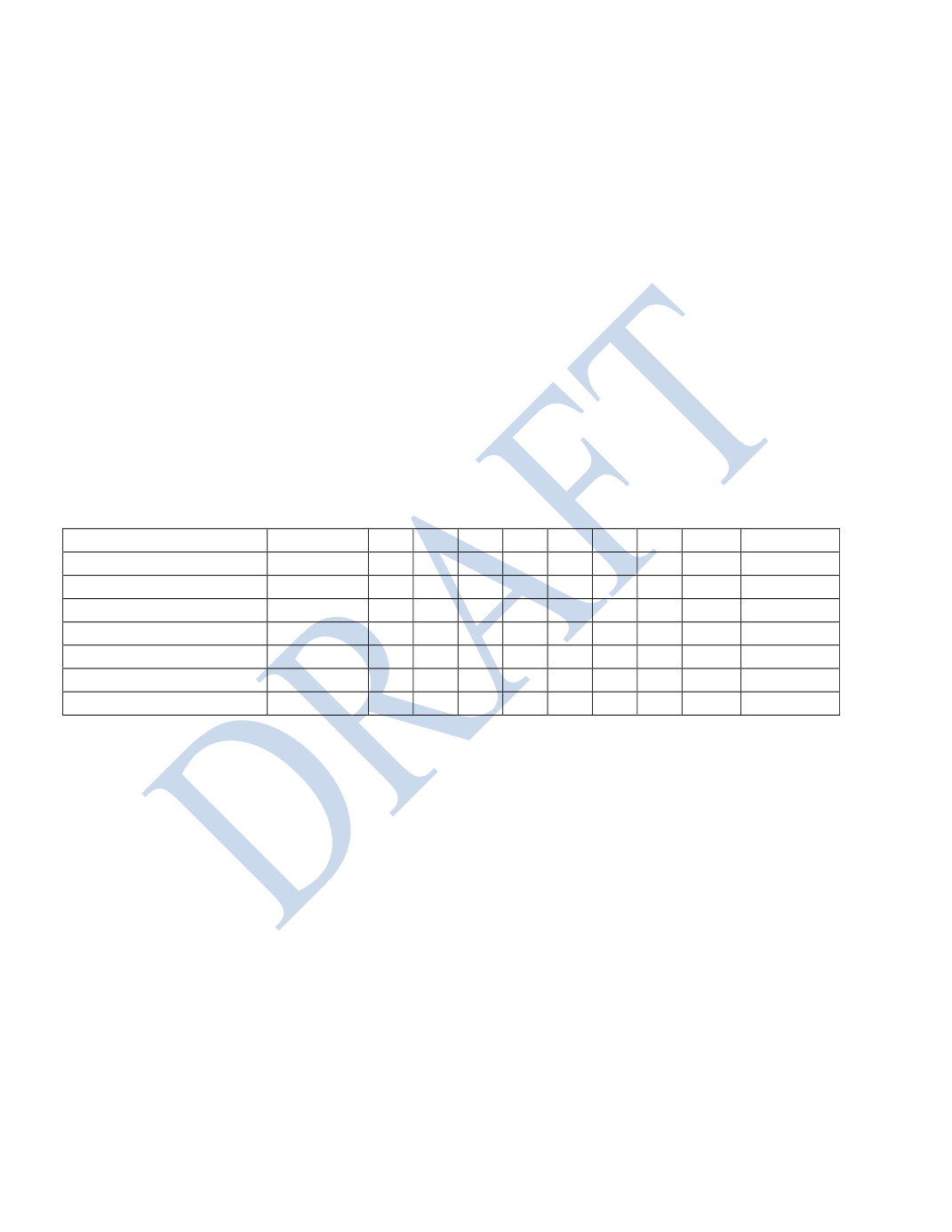

82
DoDEA School Health Services Manual 2942.0 Volume 1 Revised: 2016 DRAFT
•
An eye that turns in or out
•
Squinting, frowning, shutting, or covering one eye
•
Difficulty with close work, holding objects, books too close
•
Difficulty with board work from a distance
Minimal vision screening schedule requirements are:
•
All students in pre-kindergarten, kindergarten 1
st
, 2
nd
, 3
rd
, 5
th
, 7
th
, and 9
th
grade levels
•
All students new to the school
•
All children referred by school personnel or parents
•
All students in special education programs
•
All students referred by a sponsor/parent/guardian, primary care
manager/provider, or self-referred, as well as referrals from any of the
various school teams (i.e., CSC, 504 Accommodation Team, child find/PSCD
and Student Support Team).
Minimal Vision Screening Recommendations
Procedures
PreK
K 1
2
4
6
8
9
New Referred
Hx/Observation
X
X X X X X X X
X
X
Distance Visual Acuity Functional X X X X X X X
X
X
Plus Lens
X
X
X
Near Visual Acuity
X
X
X
Near Pt Convergence
X X
X
X
Alternate Cover
X
X X
Color Vision
X X*
X*
X*
* If not done in kindergarten or in previous years (not required for grade 4 or older unless
suspected of color deficiency).
When screening, standardize screening by starting with the LEFT eye occluded,
thus screening the RIGHT eye first. This standardized process results in a more reliable
outcome in documentation. Test each eye separately. A screening of ‘both’ eyes is
unreliable as the eye with the better acuity will dominate, thus yielding a false acuity
level.
Assessment Tools and Techniques for Visual Acuity Screening
Most commonly used screening tools are the distance and near point vision tests.
•
Distance acuity: For younger children: LEA Symbol chart is preferred but
HOTV chart can be used. For older children: Distance Sloan Letters 10 or
20 feet chart proportionally spaced. Sloan charts are recommended over



















